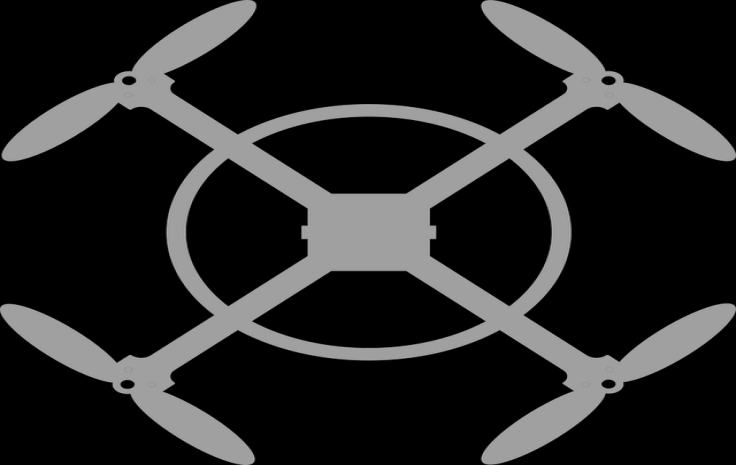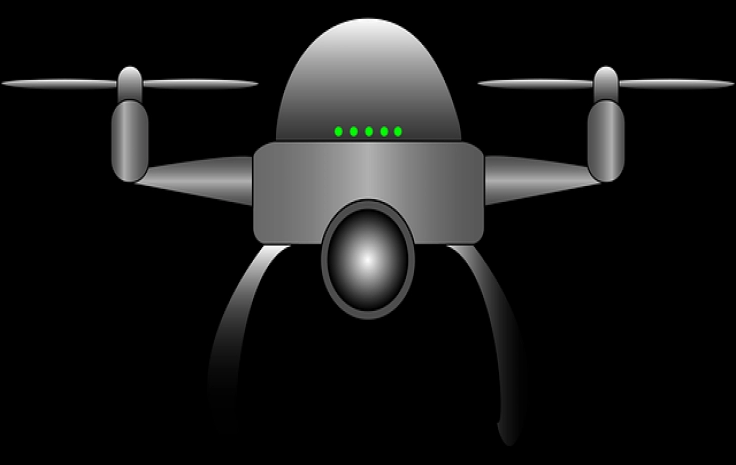design of a real-time test bench for uav servo actuators
Visit design of a real-time test bench for uav servo actuators's Site
What is design of a real-time test bench for uav servo actuators?
design of a real-time test bench for uav servo actuators Details
Pricing:
Tagged: design of a real-time test bench for uav servo actuators
design of a real-time test bench for uav servo actuators possible use cases:
Design of a Real-Time Test Bench for UAV Servo Actuators1. Introduction
1.1 Background
Unmanned Aerial Vehicles (UAVs) have become essential tools in various industries such as agriculture, surveying, and defense. The precise control of UAV servo actuators is crucial for the stability and performance of these vehicles. Therefore, it is essential to have a reliable and accurate test bench to evaluate the performance of UAV servo actuators in real-time.
1.2 Objective
The objective of this study is to design a real-time test bench specifically for UAV servo actuators. The test bench will provide precise control and measurement of the actuators’ performance, allowing for accurate evaluation and optimization of their functioning.
2. Design Considerations
2.1 Actuator Control
The test bench should be capable of providing precise control signals to the UAV servo actuators. This control will allow for different input scenarios, including step, ramp, and sinusoidal tests. The test bench should also support the implementation of custom control algorithms for advanced testing.
2.2 Sensor Integration
To measure the performance of the UAV servo actuators, the test bench must include sensors to capture relevant data. These sensors should be capable of accurately measuring position, velocity, and torque. The integration of high-resolution encoders, accelerometers, and load cells will be essential for acquiring accurate data.
2.3 Real-Time Data Acquisition
To ensure reliable and accurate data acquisition, the test bench should support real-time sampling rates. This capability will enable the capture of fast and dynamic changes in the servo actuators’ behavior. The data acquisition system should also provide synchronization between control signals and data acquisition, ensuring accurate correlation between input signals and output measurements.
2.4 Automation and Control Software
To simplify the testing process, the test bench should include user-friendly automation and control software. This software should allow for easy configuration of test parameters and test scenarios. Additionally, it should provide real-time monitoring of the servo actuators’ performance and generate comprehensive reports with the acquired data.
3. Test Bench Design
3.1 Hardware Components
The test bench hardware will consist of a high-performance control board capable of generating precise control signals. It will also include high-resolution sensors for position, velocity, and torque measurement. The sensors will be connected to a data acquisition system for real-time data sampling.
3.2 Control and Automation Software
The control and automation software will be designed to run on a computer connected to the test bench. It will provide a user-friendly interface for configuring test parameters, controlling servo actuators, and acquiring data in real-time. The software will also include advanced features for custom control algorithms implementation and real-time monitoring.
4. Testing Procedure
4.1 Test Setup
The UAV servo actuators will be connected to the test bench, and the necessary sensors will be attached for data acquisition. The control and automation software will be configured with the desired test parameters and scenarios.
4.2 Test Execution
The test bench will execute the specified test scenarios, providing the appropriate control signals to the servo actuators. The sensors will capture real-time data, including position, velocity, and torque measurements. The acquired data will be continuously monitored by the control and automation software.
5. Result Analysis
The acquired data will be analyzed and compared against predefined performance criteria. This analysis will allow for the evaluation of the servo actuators’ performance and identification of any deviations from the expected behavior. The test bench’s automation software will generate comprehensive reports with the analyzed data, facilitating further optimization and troubleshooting.
6. Conclusion
The design of a real-time test bench for UAV servo actuators plays a crucial role in ensuring the precise control and optimal performance of these components. By providing precise control signals, accurate data acquisition, and user-friendly automation software, the test bench allows for thorough evaluation and optimization of UAV servo actuators.


















